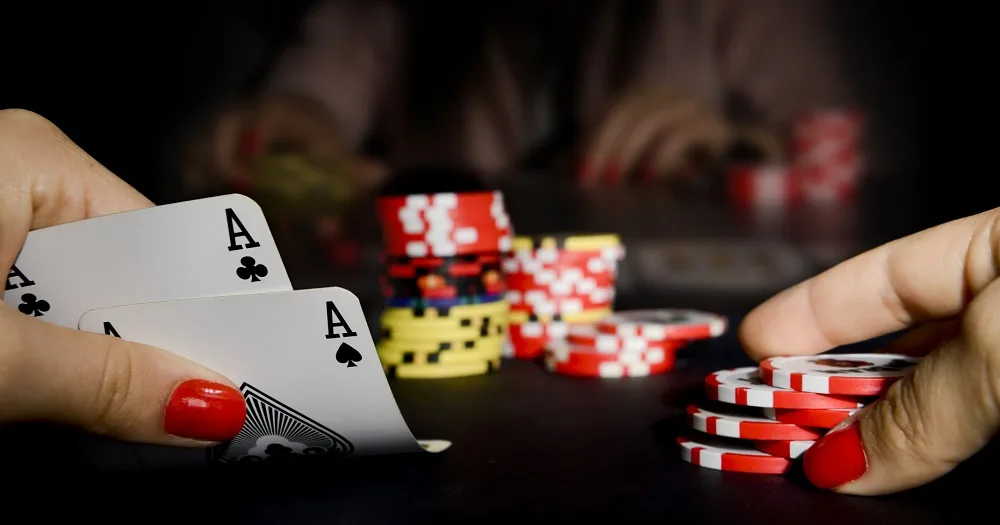
How to Bluff in Online Poker?
Bluffing in online poker is an art that, when mastered, can significantly enhance a player’s game and increase their chances of winning. Unlike live poker, where physical tells can play a crucial role, online poker requires a different approach to bluffing due to the absence of visible opponents.
Understanding Bluffing in Poker
Bluffing is a strategy used to deceive opponents into thinking a player’s hand is stronger or weaker than it actually is. In online poker, where physical tells are non-existent, players rely on betting patterns, timing, and historical behavior to make their decisions. Understanding when and how to bluff effectively becomes a game of wits and digital observation.
Effectiveness of Bluff
The effectiveness of a bluff in online poker depends on several factors, including the game’s context, the image you’ve established, and your opponents’ tendencies. A well-timed bluff can turn a weak hand into a winning one, but it requires a deep understanding of the game and the ability to read situations without physical cues.
The Psychology Behind Bluffing
Bluffing is as much about psychology as it is about strategy. It involves understanding your opponents’ mindset, manipulating their perceptions, and making calculated decisions based on their likely reactions. Successful bluffers are adept at creating a narrative through their betting patterns that convinces opponents to fold superior hands or call with inferior ones.

Different Types of Bluffs in Online Poker
There are several types of bluffs utilized in online poker, including the “pure bluff,” where there is little to no chance of winning unless the opponent folds, and the “semi-bluff,” which combines the bluff with a hand that has the potential to improve. Knowing which type of bluff to use and when can make the difference between a successful deception and a costly mistake.
Tips for Successful Bluffing:
- Know Your Opponents: Pay attention to their patterns, betting styles, and previous decisions. Use this information to gauge their likely reactions to your bluffs.
- Manage Your Table Image: Your history of play at the table affects how opponents perceive your actions. A tight image might make your bluffs more believable, while a loose image could lead to more calls.
- Choose the Right Moments: Bluffing is most effective in specific situations, such as against fewer opponents, in late positions, or when the board supports the hand you’re representing.
- Control Your Bet Sizing: Your bets should tell a consistent story. Overbetting or underbetting can raise suspicions and lead to your bluff being called.
- Be Prepared to Fold: Not every bluff will be successful. Knowing when to abandon a bluff can save you from significant losses.
Bluffing in online poker is a dynamic and challenging aspect of the game. It requires a blend of strategic thinking, psychological insight, and the courage to take calculated risks. While bluffing can be a powerful tool in your poker arsenal, it should be used judiciously and as part of a broader, well-rounded playing strategy.
In summary, successful bluffing in online poker hinges on understanding the game’s psychological elements, recognizing the right moments to bluff, and executing your strategy with confidence. By mastering the art of deception, you can turn even the weakest hands into winners and elevate your online poker game.
